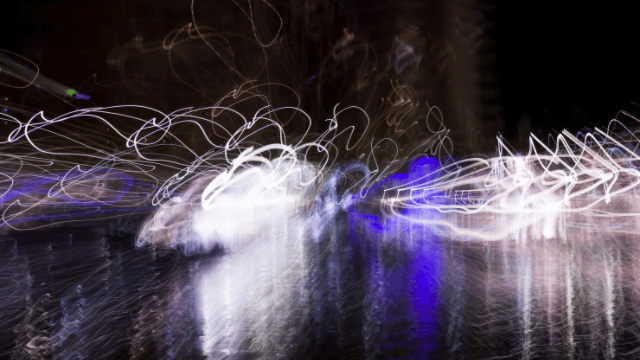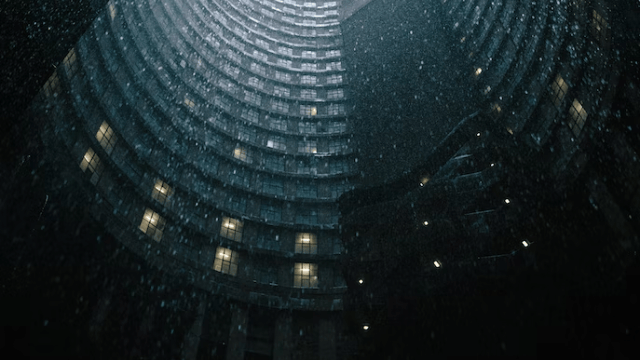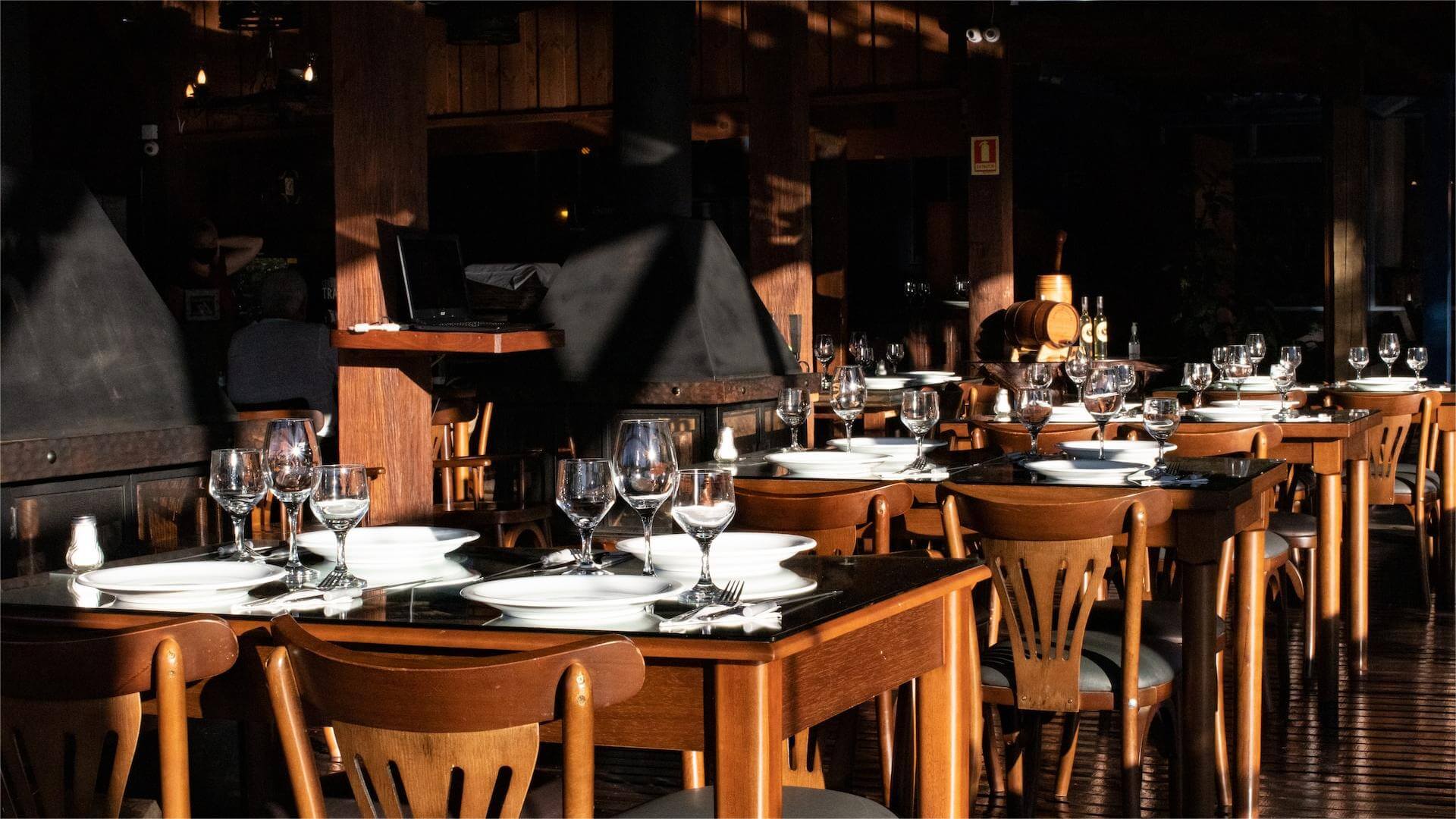S
Only by adjusting measures to local conditions can people live in harmony with nature, which is particularly reflected in housing construction. In Tunisia in North Africa, people invented an underground "hanging house" to adapt to the climate of the Sahara Desert. This kind of building is called "alien chess piece" and attracts tourists from all over the world.
Star Wars location
450 kilometers away from Tunis, the capital of Tunisia, and deep into the hinterland of the southern Sahara, there is an ancient village called Matamata. At first glance, the villages seem to be invisible in the desert. There are no buildings on the ground, but large pits are distributed among them. These pits are about 10 meters in diameter and 6-7 meters in depth. The exterior is the original yellow of sand, while the interior is white. Small caves are inlaid in the four walls of the big cave, forming a "hanging house" suspended between the ground and the bottom of the cave. The edges of the hole intersected with the horizon are covered with handprints - which are left by the residents when climbing the underground cave. In the long past, when tired caravans came to Matamata Village with camel bells, the villagers slowly climbed out of the cave to meet them. With the passage of time, the caravan carried by camels has disappeared, replaced by an endless stream of tourists from all over the world. In their eyes, this behavior of "emerging" from the ground is mysterious and interesting.
The combination of the vast desert and underground pits makes Matamata reveal the ancient savagery everywhere. Some people say it looks like a volcano that has just erupted, or a battlefield that has been heavily bombed, but the most common saying is that it looks like a string of chess pieces laid by aliens. Because if you look down from the satellite map, the location of Matamata Village is a round pit in the vast sand sea. They are arranged in a regular way, like a good chess set by a mysterious hand on the sand table, waiting for the opponent to crack it.
This mysterious atmosphere also infected George Lucas, the director of Star Wars. In the 1970s, when shooting the first episode of "Star Wars", "New Hope", he was attracted by these isolated and unconventional underground "hanging houses", and immediately decided to take pictures here. With the popularity of the "Star Wars" movie, Matamata has also become a world-famous town.
Suspended house of "grounding gas"
After the underground pit was put on the screen of Star Wars, it attracted a number of "Star Wars" fans. There are even people here trying to explore the connection between pits and mysterious forces in outer space. However, all this has no impact on the villagers of Matamata. People continue to live in the cave on a daily basis, which is no different from the residents living in ordinary ground villages. It can be said that it is very "grounded".

If you are lucky enough to go to Matamata Village to experience the life of hanging houses, you will find that the pattern of most hanging houses is also very similar to our common "several rooms and several halls". The largest and brightest living room is located in the center, and the interior is paved with a low sofa and a striped blanket that Berber people like. The doors of several bedrooms open to the living room, and the kitchen is connected with the main structure by a corridor. A large cave is often inhabited by several families. People go up and down through the stairs hanging on the wall of the cave. The round bottom of the cave is used as a public patio for several families. It is a public place for men to repair farm tools, women to gossip, and children to play. In addition, in the center of the yard, there is often a water reservoir, and there is a livestock fence beside it, which is specially used to collect rainwater. As for how to climb to the ground, villagers still use a simple tool - wooden ladder. Relying on the wooden ladder, residents can easily get in and out of the pit, while removing the ladder and hiding it will play the role of "closing the door to welcome visitors".
A masterpiece of Berber people
The villagers of Matamata are Berber, an ancient ethnic group in North Africa. The most direct reason for their invention of "hanging houses" is to resist the harsh climate of the Sahara. The Sahara Desert in southern Tunisia has a tropical desert climate. It is hot in the daytime and has a great temperature difference in the morning and evening. In order to survive, the Berber people dug a big hole down according to the hilly terrain in the desert, and then dug holes along the wall of the hole to live. Such a structure can block the high temperature in the daytime, maintain the heat at night, and will not be affected by the bad weather all year round.
In the past, the villagers of Matamata Village mainly depended on planting olive trees for a living. Now tourism has become the source of income for many families. A large number of backpackers from Europe trudged here and lived in family hotels run by villagers, avoiding the crowded crowd and restless waves, just to experience a simple and peaceful life of "people in the cave". On some tourism websites, Matamata Village has even been selected as one of the most interesting villages in the world.











